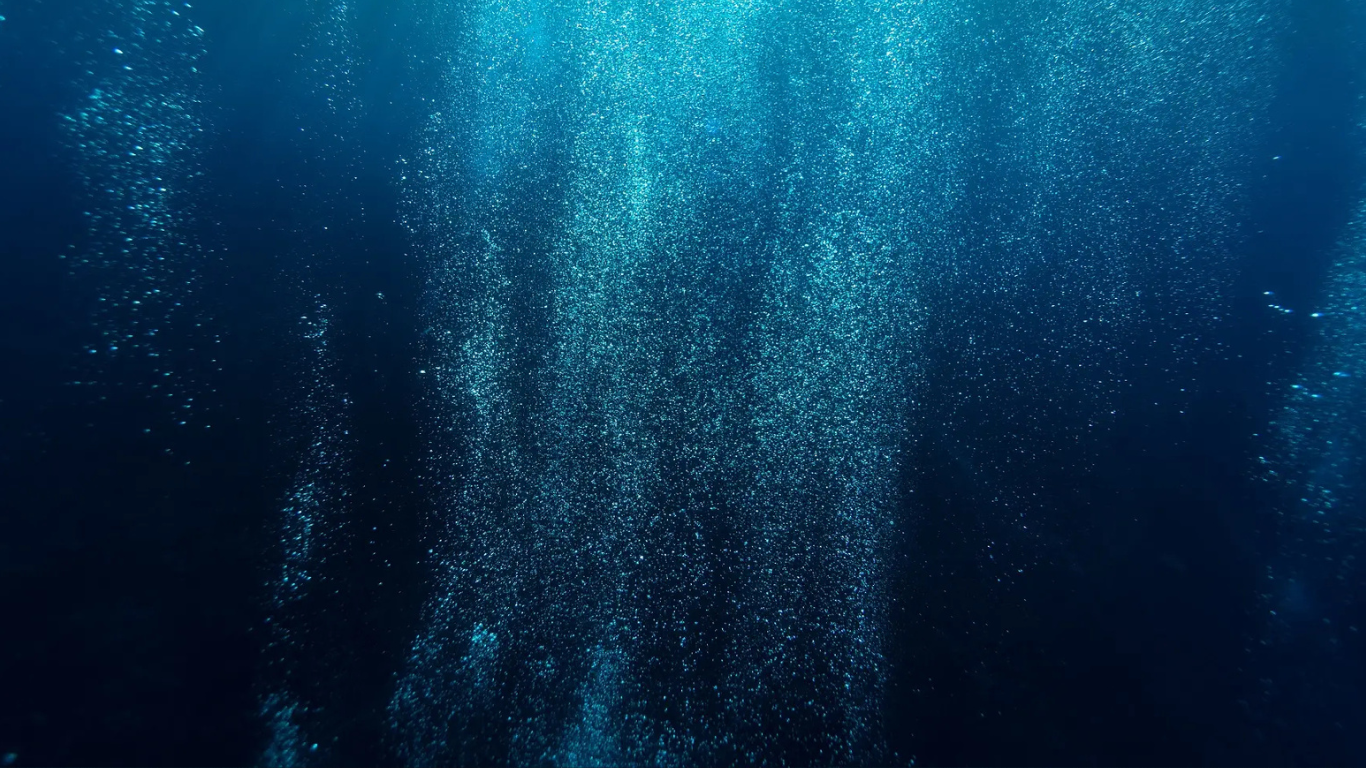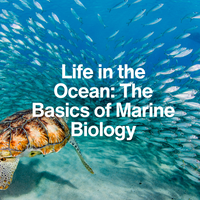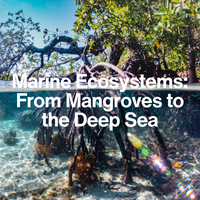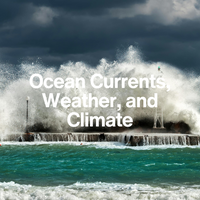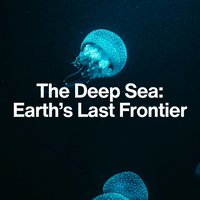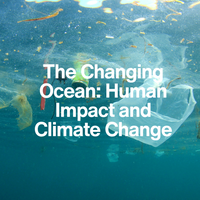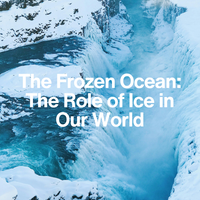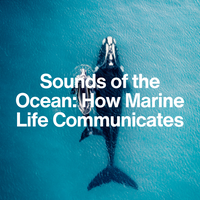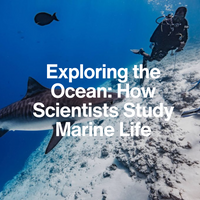LESSON 3
Ocean Basins and Features – Trenches, Ridges, and Plate Tectonics
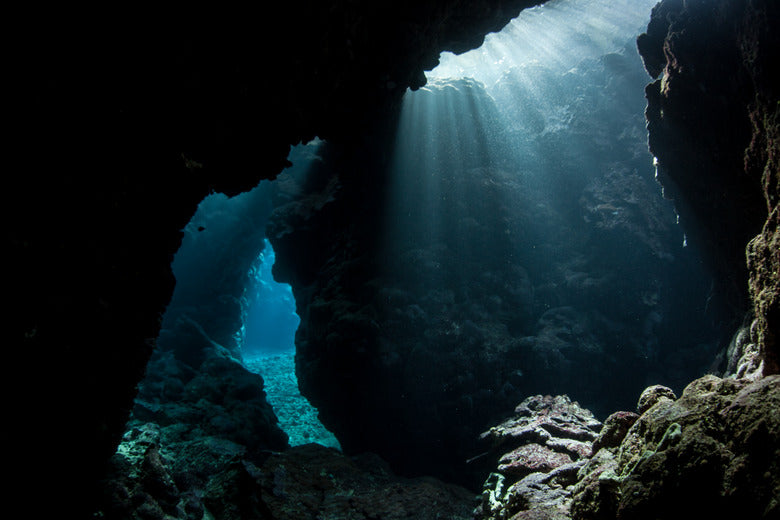
Introduction:
The Hidden Landscape Beneath the Waves
When we think of the ocean, we often imagine a vast, flat expanse of water. But beneath the waves lies a world as dramatic as any mountain range on land. The seafloor is constantly shifting and reshaping itself, driven by powerful forces from deep within the Earth.
1. The Structure of the Ocean Floor
The ocean floor isn’t a single, uniform surface. Instead, it has mountains, valleys, and vast plains—all formed by powerful geological processes. Let’s break down the key features:
Major Oceanic Features
Did you know?
The Mariana Trench is so deep that if Mount Everest were placed inside it, its peak would still be over 2 kilometres underwater.
2. Plate Tectonics: The Engine of the Seafloor
Earth’s surface isn’t fixed—it’s made up of giant slabs of rock called tectonic plates that are constantly moving. This movement shapes the ocean basins over millions of years.
How Plate Tectonics Works
- The Earth’s outer shell, called the lithosphere, is broken into tectonic plates.
- These plates float on the semi-molten asthenosphere below.
- Heat from the Earth’s interior causes convection currents, which push and pull the plates in different directions.
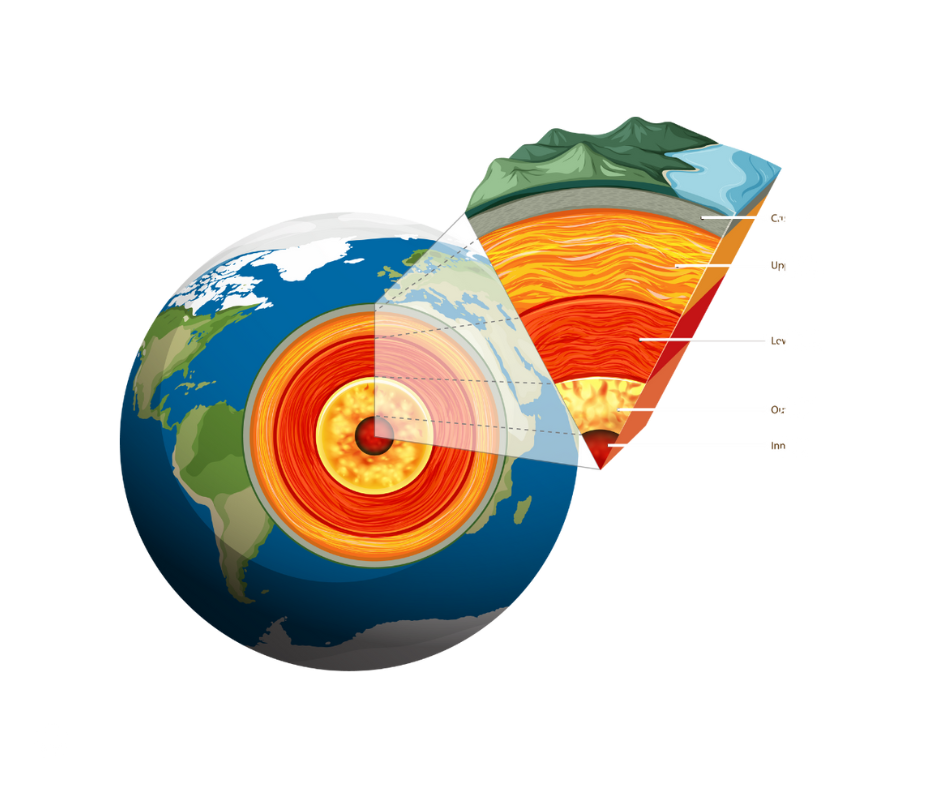
How This Shapes the Ocean Floor
Fun Fact
New ocean floor is being created constantly at mid-ocean ridges—meaning parts of the seafloor are younger than the dinosaurs, while other areas are over 180 million years old!
3. How the Seafloor Affects Ocean Life & Circulation
The shape of the seafloor doesn’t just impact geology—it also affects ocean currents, marine habitats, and even global climate.
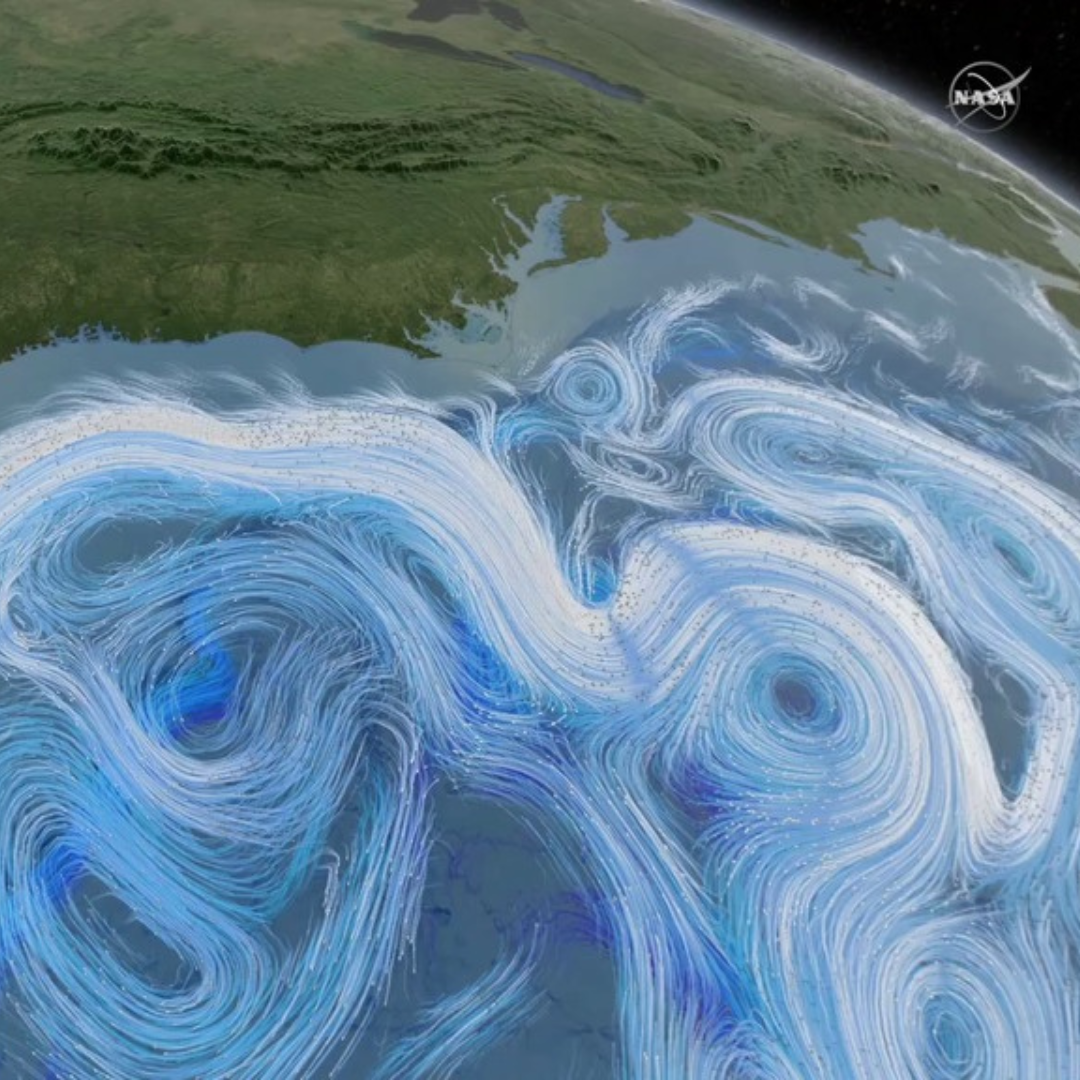
Ocean Circulation & Climate
- The ocean basins and ridges help direct the movement of deep-sea currents, which transport heat and nutrients around the globe.
- Trenches and ridges can act as barriers, influencing how water moves through the ocean.
Impact on Marine Life
- Seamounts & ridges provide rich and unique habitats for a plethora of crustaceans, deep-sea corals, sponges, and fish.
- Trenches & abyssal plains support unique creatures adapted to extreme pressure and darkness.
- Hydrothermal vents host entire ecosystems based on chemosynthesis instead of sunlight, supporting life in one of Earth’s most extreme environments.
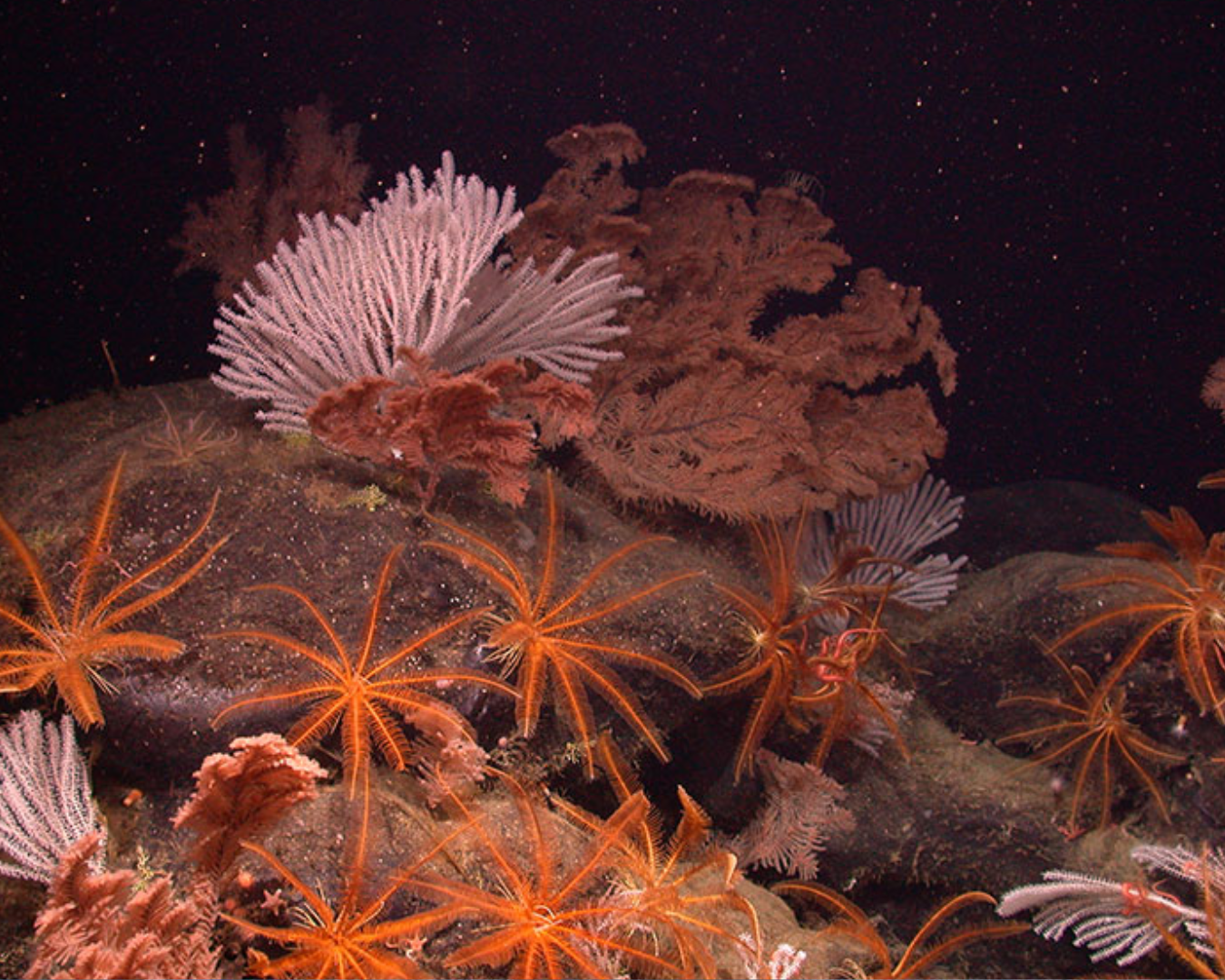
Did you know?
Some species that live near hydrothermal vents have never been found anywhere else on Earth—and scientists are still discovering new ones today.
Conclusion
A Dynamic and Ever-Changing Ocean Floor
The ocean floor is far from static—it’s shaped by powerful plate tectonic forces, forming ridges, trenches, and volcanic seamounts that influence ocean circulation, marine ecosystems, and even global climate.
Key Takeaways:
The ocean floor consists of continental shelves, slopes, abyssal plains, ridges, trenches, and seamounts.
Plate tectonics drive the movement of the ocean basins, shaping features like mid-ocean ridges and deep-sea trenches.
These underwater landscapes influence ocean currents, marine biodiversity, and global climate systems
NEXT LESSON
The Ocean’s Layers – From Sunlit Waters to the Deep Sea
In our next lesson we will explore the layered nature of our oceans and how these incredibly diverse zones play host to some of the most fantastical creatures on earth. And those are just the ones we know of…
